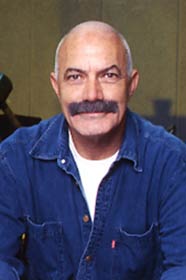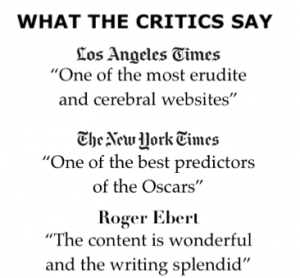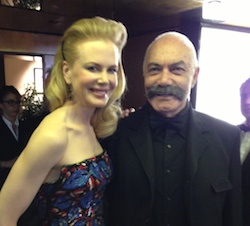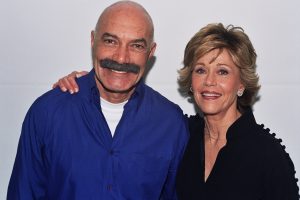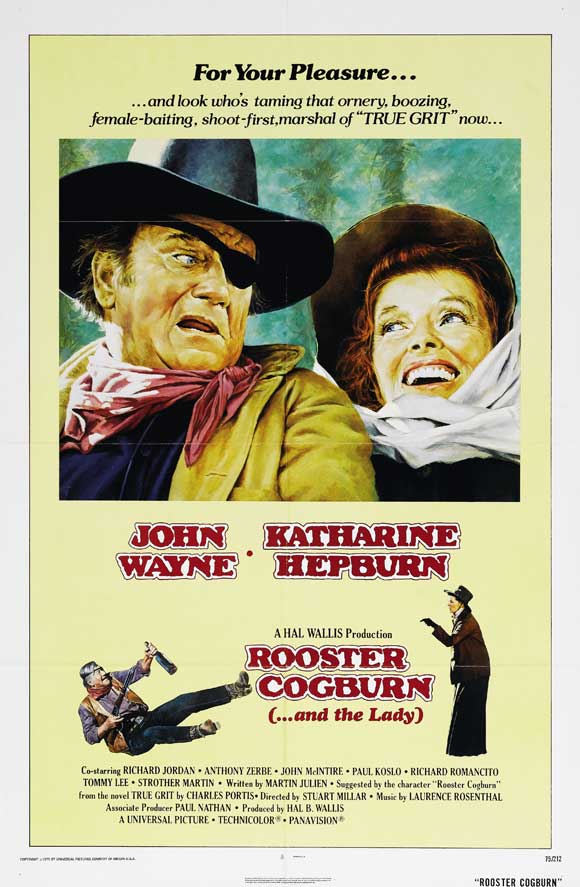
In this picture, Wayne plays Rooster Cogburn, a Marshal who’s again in trouble for his unconventional ways of doing justice. Judge Parker reproaches him for the three men he has killed, which adds the number of casualties to 60 over a period of 8 years!
Things change, when Cogburn’s expert skills are needed again, this time to apprehend a bunch of outlaws led by Hawk (Richard Jordan), though Cogburn is told to bring the men alive; of course, he doesn’t.
In a formulaic role that recalled her iconic part in John Huston’s “African Queen,” Hepburn plays Eula Goodnight, an elderly moralistic lady who’s related to a priest, killed early in the story. Like the Huston’s picture, the duo embarks on a risky journey down a river, leading to an explosive climax. But, alas, what was fun and credible in 1950 could not be repeated twenty-five years later. And an older John Wayne was no substitute for the middle-age Humphrey Bogart. Ditto for Hepburn.
Read our review of John Wayne’s Brannigan
https://emanuellevy.com/wp-admin/post.php?post=5375&action=edit
Like “True Grit,” Cogburn’s family consists of the Chinaman Chen Lee (played here by Tommy Lee) and his cat. The relationship between Rooster Cogburn and Eula is based on mutual respect and affection. However, there are hints, when the couple parts, that they will resume their friendship, though they are hardly at a time of life to postpone romance. This prompted the critic John Simon to note: “When you are pushing 70 with John Wayne and Katharine Hepburn, you are not playing Wyatt Earp and Calamity Jane any longer.”
Pauline Kael’s review of the film in the New Yorker was most condemning. She wrote: “The two principal subjects of the script’s attempts at humor are Wayne’s gut and Hepburn’s age, which is to say that the film tries to make jokes of what it can’t hide.” Kael found Wayne’s physical appearance to be like a “huge, puffy face as Wallace Beery comic mug.”
“Rooster Cogburn” must have a touched a nerve as Kael also wrote: “We know what John Wayne is doing here; this role is just a further step in the career of a movie star who was never an actor. Once upon a time, he had a great, rugged, photogenic body, and his transparency as an actor–his inability to convey any but the simplest emotions–gave him a frank, American-hero manner.”
Of Rooster Cogburn, which opened to mixed-to-negative reviews, John Simon wrote: “I have nothing against senescence or even senility on screen if the subject is treated with honesty,” which he thought was badly missing from that picture.





